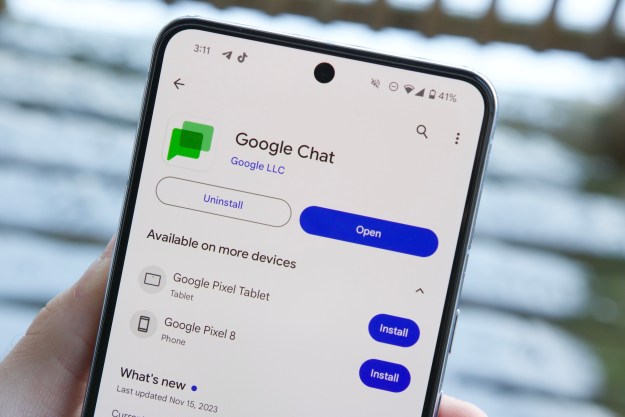Think of a Progressive Web App like a typical site with a mobile-friendly interface that’s bookmarked on the home screen, but with a couple of added benefits. The main difference is these web apps are treated by Android much like apps from the Play Store. You can install and uninstall the web apps from the device, and they exist within the app drawer. Progressive Web Apps also have the ability to issue notifications.
In the past, some users have preferred the stripped-down nature of mobile sites over dedicated apps, which can take a heavier toll on a device’s resources and battery. Google’s solution essentially makes the experience of using those same mobile sites on your phone or tablet much less clunky. Currently, calling up a site pinned to the home screen will just open a new Chrome tab. With Progressive Web Apps, these sites are now treated in Android’s recent app history as unique apps, rather than Chrome tabs. Additionally, they can be accessed while offline, and won’t leave you with a blank screen when opened without a network connection.
There are benefits for developers, too. Mobile sites and Progressive Web Apps are viewable across platforms, less dependent on device specifications, and can be updated instantly.
Support for Progressive Web Apps can be turned on in Chrome Dev or Canary by entering “chrome://flags/#enable-improved-a2hs” into the address bar. However, websites also need to enable support on their end before users can start installing them. You can see a list of the ones that already work as Progressive Web Apps here. From there, the process is as simple as tapping “add to home screen” in Chrome’s menu. Regardless, the feature is still a work in progress and some elements, like notifications, may not be functional right away.
Editors' Recommendations
- Google just released the first Android 15 beta. Here’s what’s new
- Google Messages vs. Samsung Messages: Which app should you use?
- Google just announced 8 big Android updates. Here’s what’s new
- Google just announced Android 15. Here’s everything that’s new
- Google is launching a powerful new AI app for your Android phone
